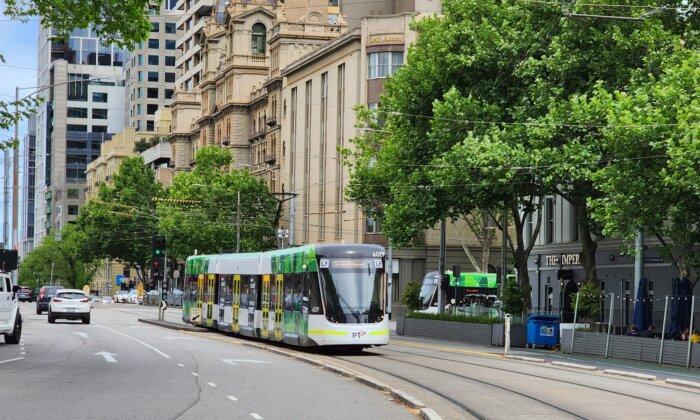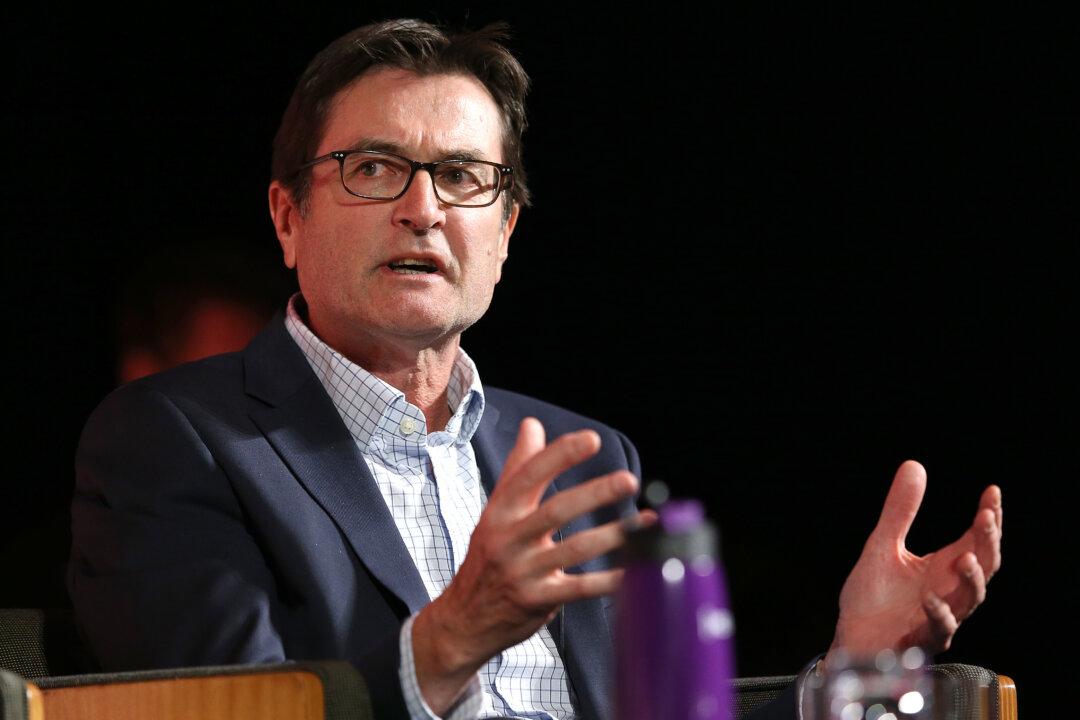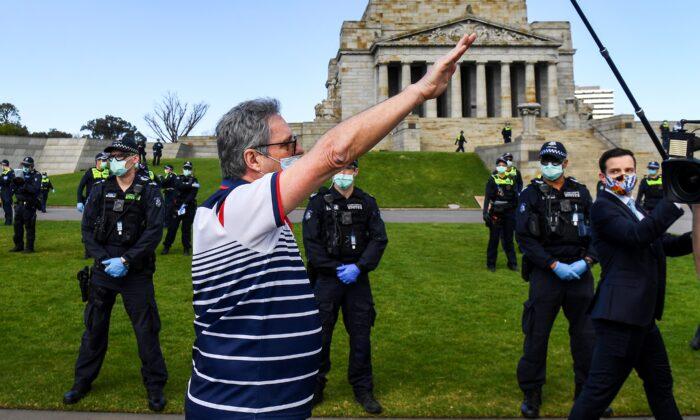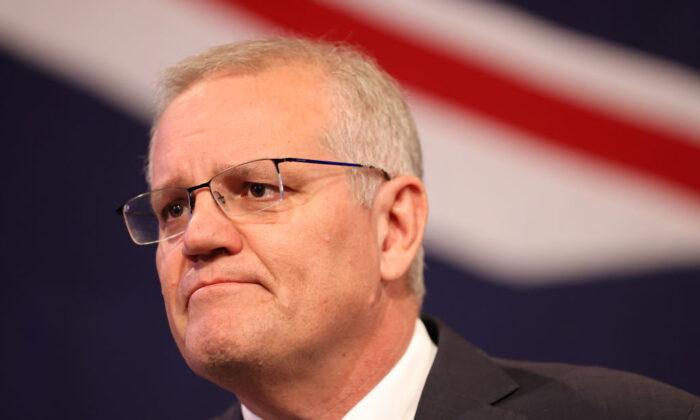Prime Minister Albanese has recently outlined his ambitions to bolster Australia’s industrial capabilities in 2024 as a key tenet of federal government policy.
“Through value adding, moving up the supply chain, making sure that we do make more things here, which is about Australian jobs here. And that’s what our engagement with the world is about as well,” Mr. Albanese said.
Mr. Albanese also articulated his plans to continue to repair Sino-Australian trade relations after a tumultuous few years.
“We’re making enhancements to improve our trade relationships. Including the removal of any impediments to any trade with China.”
“We know those impediments led to some $20 billion (US$13.4 billion) reduction in our trade, and we’ve seen that step up and we'll see further advances in that this year, as we saw at the end of 2023, the removal of some of the impediments to some of the meat supplies going into China.”
Revitalising Australian industry has long been on the agenda of the Albanese government.
Priority sectors include renewables and low-emission technologies, transport, medical science, defence capability, and resource-based commodities.
The government has confirmed that it will allocate $3 billion of the fund’s endowments to investing in green metals—metals conducive to clean energy manufacturing—and a further $1 billion to value-adding in Australia’s natural resources sector.
$1 billion will be channelled into the expansion of technologies like artificial intelligence and robotics, while another $1.5 billion is reserved for medical manufacturing.
Agriculturally-based primary sectors like farming and fishing will also receive $500 million.
The NRF has also implemented certain requirements for funding proposals or applications.
Australia’s Deindustrialisation
Australia’s industrial capabilities have experienced an exponential decline since their prime output in the 1960s, when manufacturing accounted for 25 percent of national gross domestic product (GDP). In 2022, that figure was just 5.42 percent.Although this is commonly attributed to a number of factors, including wage competitiveness, globalisation, and the inexorable shift towards a service-based economy, a lack of economic diversity is also a cited reason.
ECI rankings are also placed irrespective of GDP. There are a number of countries with low ECI rankings but high levels of GDP.
Australia, despite having the world’s 18th highest GDP per capita, is ranked 93rd on the ECI. Developing nations like Guatemala, Kenya, and Eswatini are placed higher.
Matt Barrie, CEO of Freelancer—the world’s largest online marketplace for freelancers—has frequently voiced his concerns.
“Australian government policies have led to a situation with a country that has a manufacturing as a percentage of GDP on par with a financial haven like Luxembourg, on par with Botswana where you can go see Cheetahs.”
An example of Australia’s lack of economic diversification is steelmaking. Australia is the world’s second-largest exporter of metallurgical coal and the largest exporter of iron ore, the two components needed to produce steel.
It doesn’t, however, sit as one of the world’s top 20 steel exporters, instead preferring to export both iron ore and metallurgical coal as raw exports.







